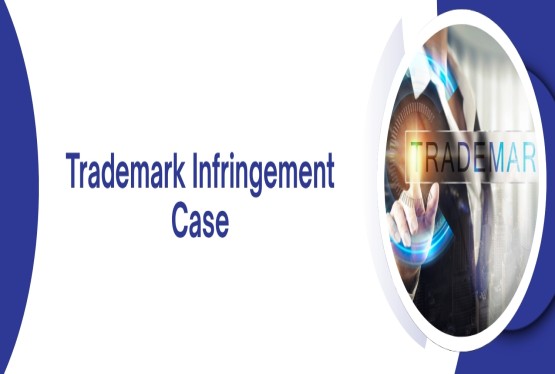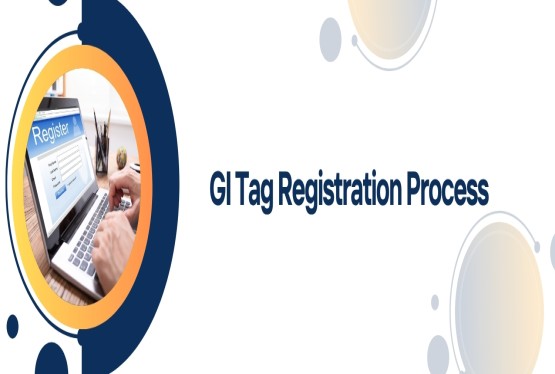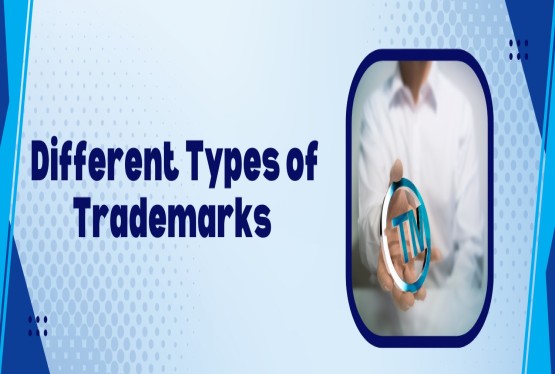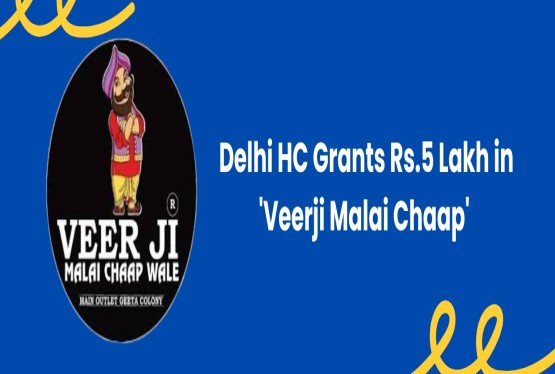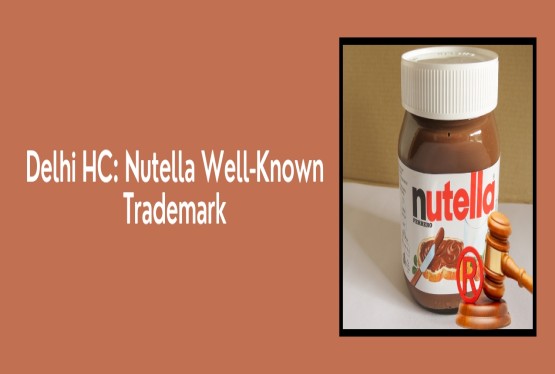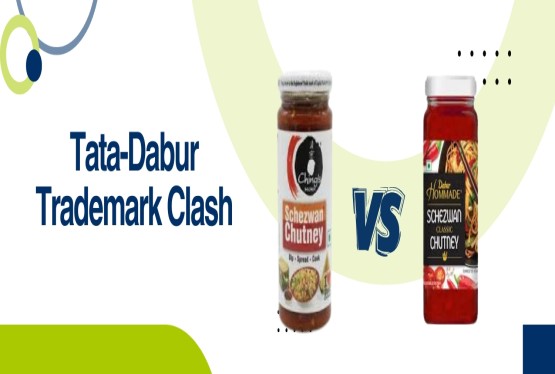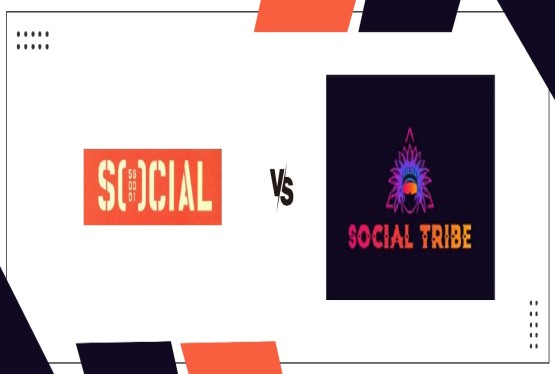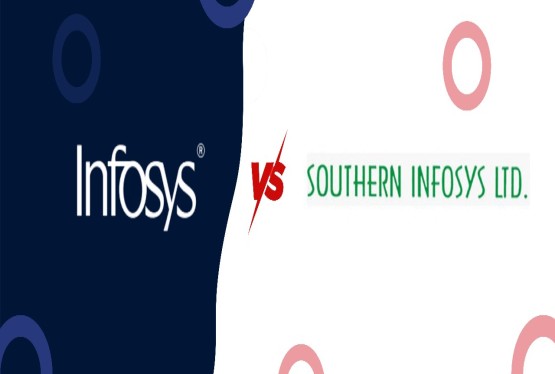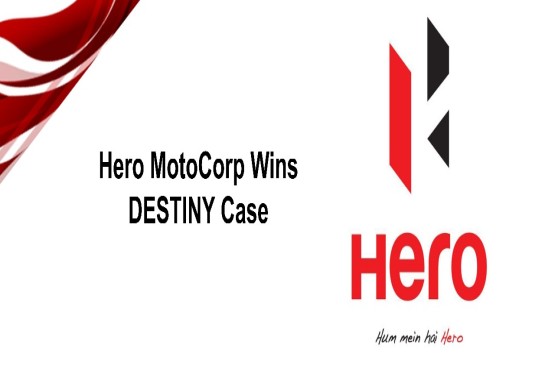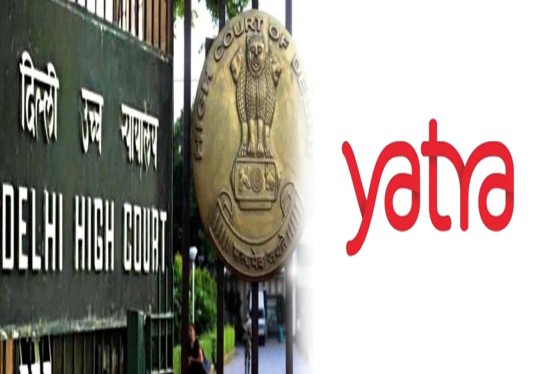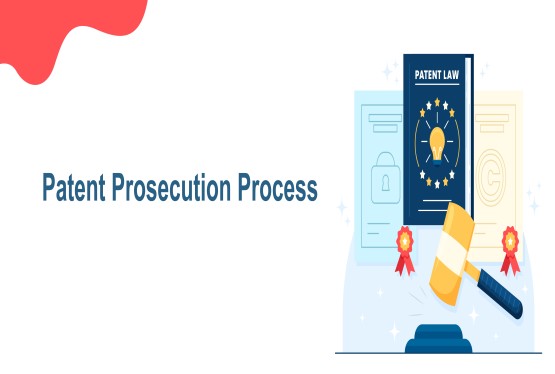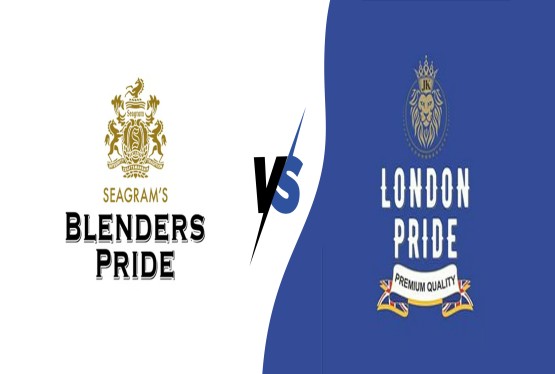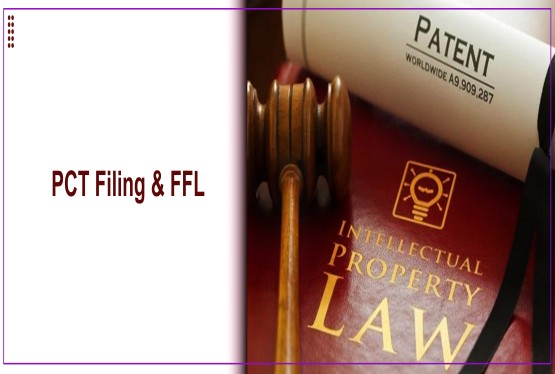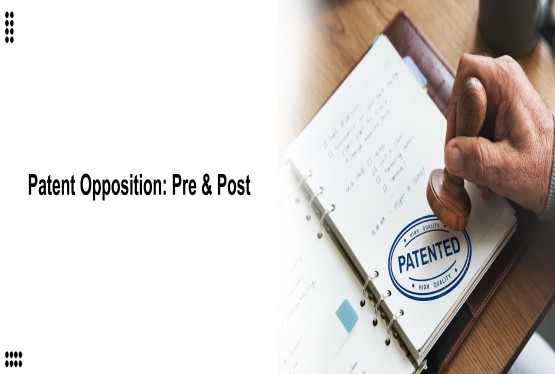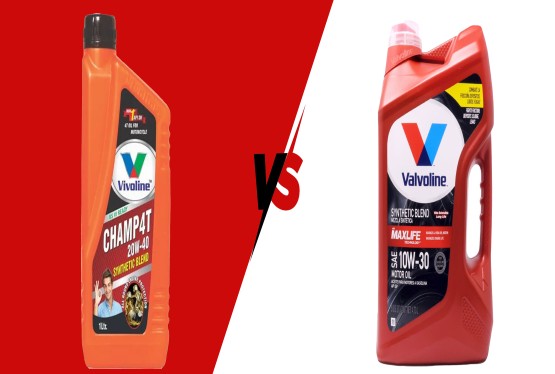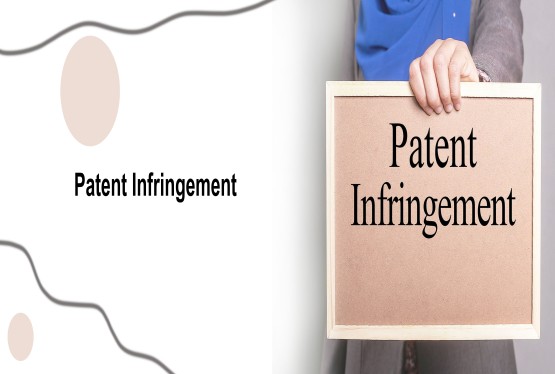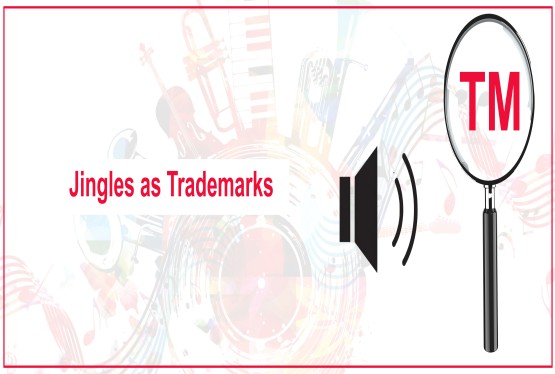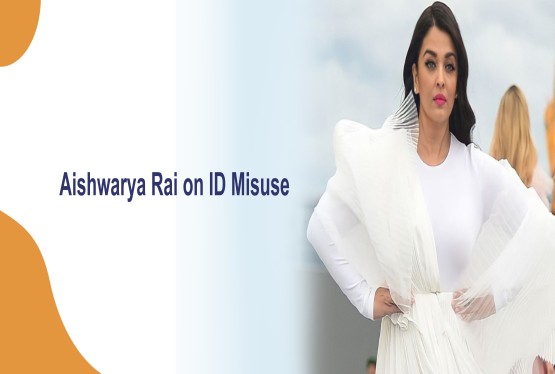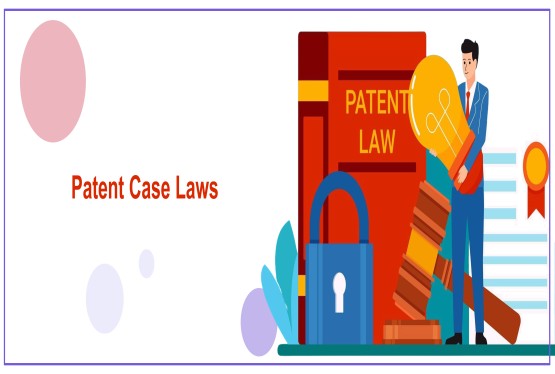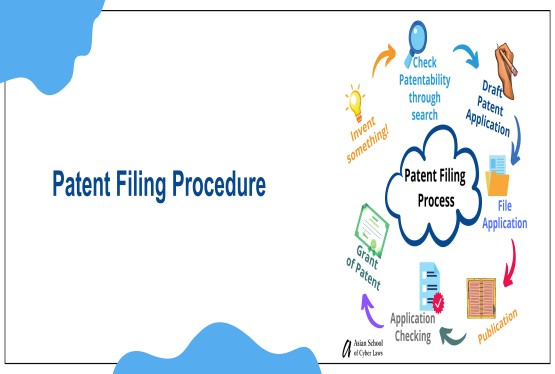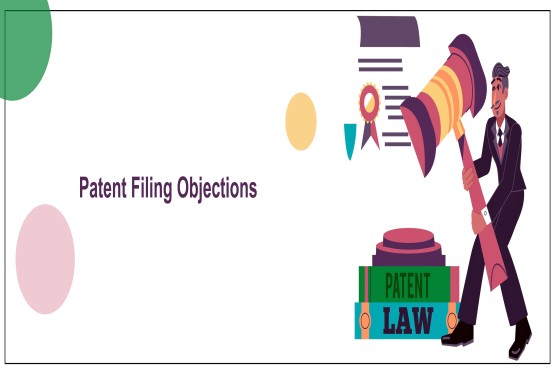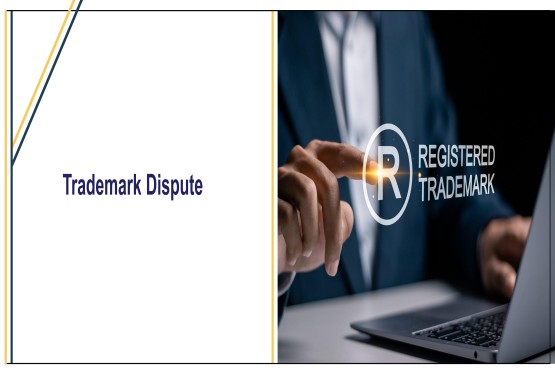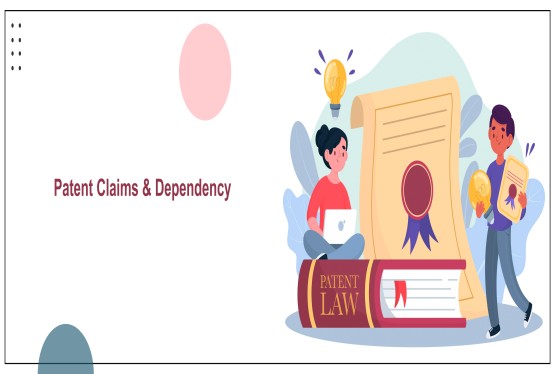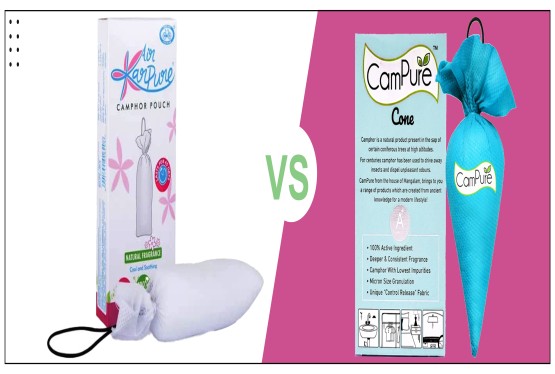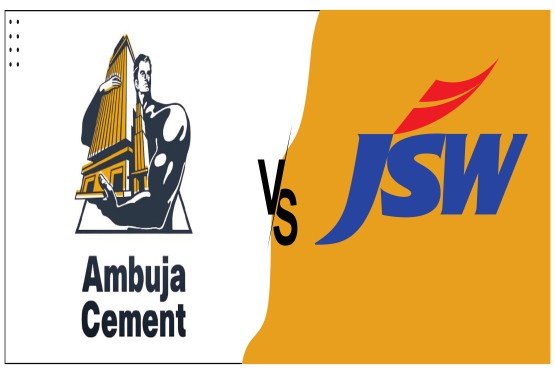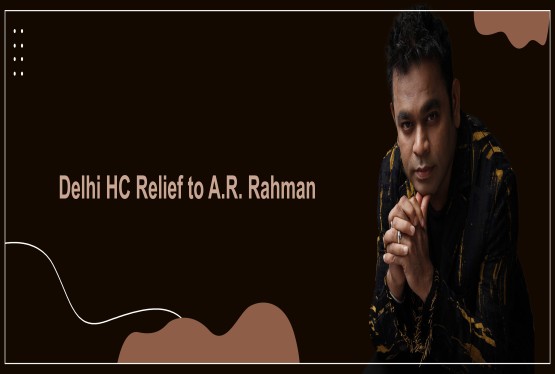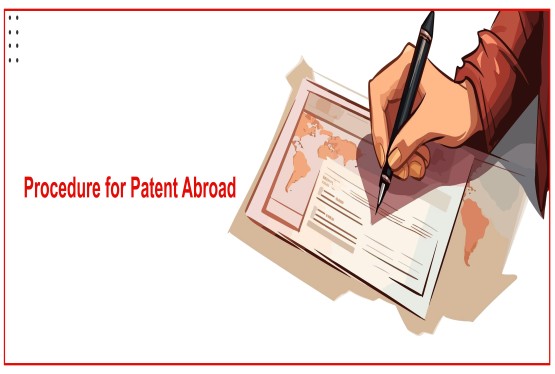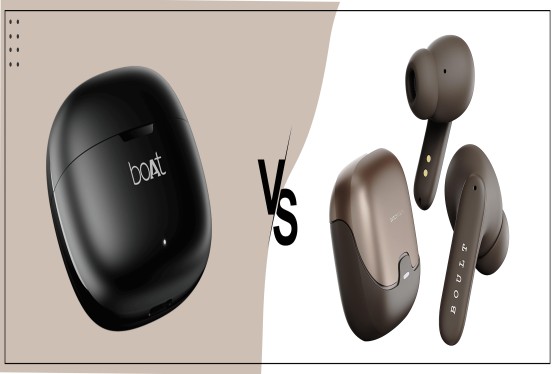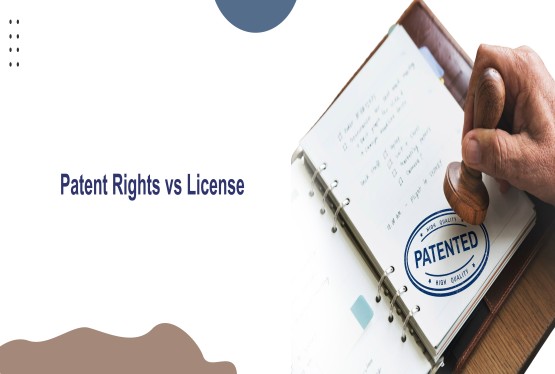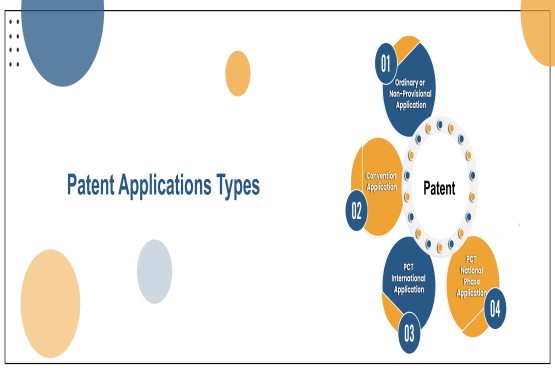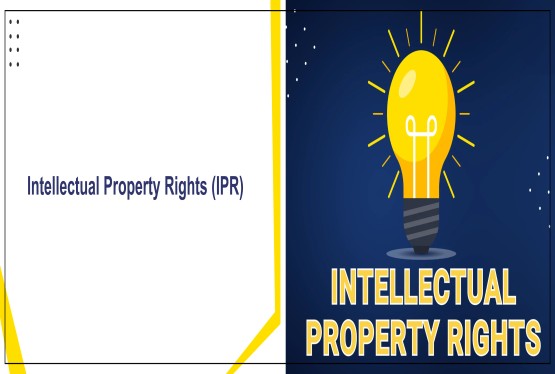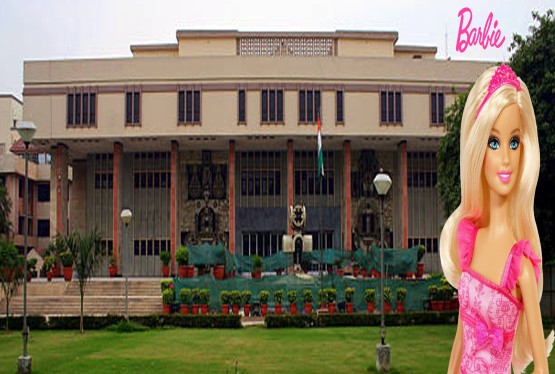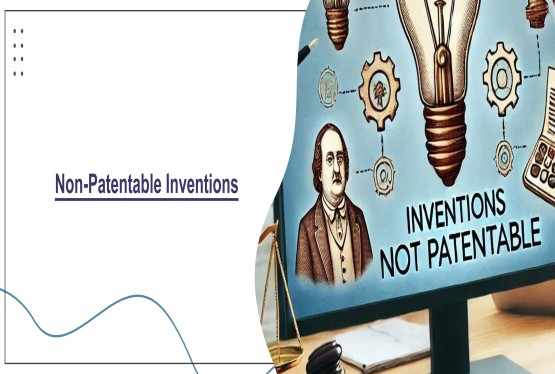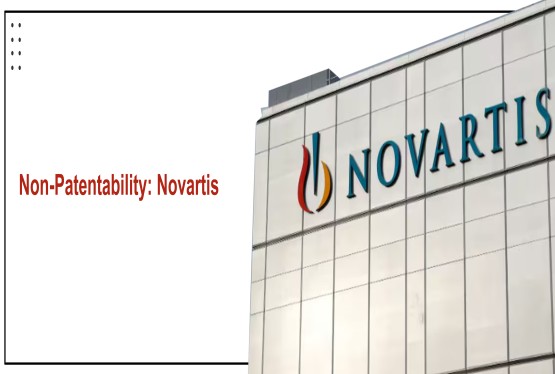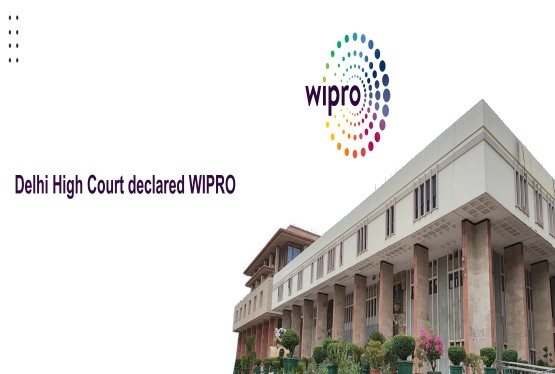A trademark is a name, word, logo, or design that helps people know which company a product or service belongs to. It helps a business create its own identity in the market. For example, when we see the Apple logo, we think about phones and computers made by Apple. When we see the Nike, we think about sports shoes.
Some trademarks become so famous that people all over the country or even the world know them. These are called well-known trademarks. A well-known trademark is a mark that is known by the public and is connected in their mind with a single company or brand.
In India, trademarks are protected by the Trademarks Act, 1999. This law gives special protection to marks that are famous and have a strong reputation. Once a mark becomes well-known, it gets extra legal protection so that no one else can use it, even for different products or services.
Meaning of a Well-Known Trademark
A well-known trademark is one that is recognized by a large part of the general public in India. People associate that mark with one particular company or product.
For example, when someone sees the mark “TATA”, they instantly connect it with the Tata Group, known for cars, steel, and many other products. Similarly, the marks Coca-Cola, Google, and Samsung are so famous that people all over the world identify them immediately.
Under Section 2(1)(zg) of the Trademarks Act, 1999, a well-known trademark means a mark which has become known to a substantial segment of the public, and the use of that mark by someone else may indicate a false connection or association with the real owner.
Difference Between a Normal Trademark and a Well-Known Trademark
|
Basis |
Normal Trademark |
Well-Known Trademark |
|
Meaning |
A mark used to identify goods or services of a company. |
A mark that is widely recognized by the public and associated with a single brand. |
|
Recognition |
Known only in a specific area or among specific customers. |
Known by a large part of the general public across India (and sometimes globally). |
|
Protection Scope |
Protected only for similar goods or services. |
Protected even for dissimilar goods or services to prevent misuse or confusion. |
|
Need for Registration |
Must be registered to get protection. |
Can be declared well-known even if not registered in India (as per Section 11(9)). |
|
Examples |
Local restaurant name, small business logo, etc. |
TATA, WHIRLPOOL, COCA-COLA, NIKE, APPLE, etc. |
|
Authority to Recognize |
Registered by the Trademark Registry under the normal process. |
Declared by the Registrar of Trademarks or recognized by Indian courts. |
|
Level of Protection |
Limited to a specific class of goods or services. |
Wider protection — no one can use the same or similar name for any goods or services. |
|
Meaning |
A mark used to identify goods or services of a company. |
A mark that is widely recognized by the public and associated with a single brand. |
|
Recognition |
Known only in a specific area or among specific customers. |
Known by a large part of the general public across India (and sometimes globally). |
Law About Well-Known Trademarks in India
The concept of well-known trademarks is clearly explained in the Trademarks Act, 1999, mainly under Sections 11(6) to 11(9). These sections guide the Registrar of Trademarks on what to look at before declaring a mark as well-known. The detailed procedure for filing such a request is also mentioned in Rule 124 of the Trademarks Rules, 2017.
Together, these legal provisions ensure that famous brands get wider protection and that the decision to recognize them is fair and based on evidence.
Section 11(6) – Factors the Registrar Must Consider
Section 11(6) explains the criteria or factors the Registrar must look at when deciding if a trademark is well-known. The Registrar doesn’t look at only one thing like sales or advertisements he examines the overall reputation and recognition of the mark.
Some of the key points under Section 11(6) include:
-
The extent of use of the mark how long and how widely the mark has been used in India and other countries.
-
The extent of promotion and advertisement how much the mark has been advertised, how much money has been spent, and how visible it is to the public.
-
The geographical area whether the mark is known only locally or across India or internationally.
-
The record of protection whether the brand owner has taken steps to protect the mark through courts or trademark offices.
-
The recognition by the public whether a large part of the public associates that mark with the company’s goods or services.
In short, this section tells the Registrar to look at the reputation, popularity, and legal protection history of the mark before giving it well-known status.
Section 11(7) – How Public Knowledge of the Mark is Determined
Section 11(7) explains how to measure whether the public knows the mark or not.
The Registrar may look at various sources to find out how well the public recognizes the mark, such as:
-
Actual and potential consumers of the goods or services.
-
Persons involved in the distribution of those goods or services (like dealers or retailers).
-
Business circles or professionals who deal with similar products.
This means that even if a brand is not known to every person in the country, it can still be considered well-known within its relevant market or trade circle.
For example, a brand famous among automobile users (like “BMW”) may not be known to everyone who doesn’t drive, but it is still “well-known” within the automobile industry.
So, Section 11(7) helps the Registrar understand the target audience that recognizes the mark and its reputation among them.
Section 11(8) – Respecting Court Decisions
Section 11(8) says that if any court or tribunal in India (for example, the High Court, Supreme Court, or IPAB) has already recognized a mark as well-known in its judgment, then the Registrar of Trademarks must accept that decision.
This means the Registrar cannot question or ignore the court’s finding. Instead, he is required to include that mark in the official list of well-known trademarks maintained by the Trademark Registry.
This ensures uniformity and respect for judicial decisions. For example, if the Delhi High Court declares “WHIRLPOOL” as a well-known trademark, the Registrar must add it to the official well-known list without asking for a new TM–M application.
Section 11(9) – No Requirement of Registration or Use in India
Section 11(9) is very important because it gives international brands protection even before they start business in India. It clearly says that a trademark can be declared well-known even if:
-
It is not registered in India,
-
It is not used in India, or
-
It is not applied for registration in India.
If the mark is already recognized by the Indian public or has strong global fame that Indian consumers are aware of, it can still be treated as well-known.
For example, before companies like APPLE or MICROSOFT started manufacturing in India, people already knew these brands. So, even without local registration or use, they were capable of being treated as well-known marks.
This provision protects international brands from copycats or misuse in India even before they officially enter the Indian market.
Rule 124 – Procedure to Declare a Mark as Well-Known
While Sections 11(6) (9) explain the legal principles, the actual procedure is given in Rule 124 of the Trademarks Rules, 2017. Rule 124 allows any brand owner to file Form TM–M along with evidence and a fee of Rs.1,00,000 to request the Registrar to recognize the mark as well-known.
The Rule also says that the Registrar will:
-
Examine the documents and verify the reputation of the mark.
-
Publish it in the Trademarks Journal for public objections.
-
Enter it in the List of Well-Known Trademarks if there are no objections or after hearing them.
This rule works along with Sections 11(6)(9) to make sure the decision is transparent and fair. These provisions make sure that popular and reputed marks get protection even before misuse happens. It also says that even if a mark is not registered or not used in India, it can still be called well-known if it is known to the Indian public through advertisements or international use.
Why It Is Important
When a trademark is declared well-known, it gets stronger protection. The owner can stop others from using the same or a similar name. It also helps to keep the brand’s image and trust safe.
For example, if “Mercedes” is a well-known brand for cars, then no one can use “Mercedes” for soaps or clothes. Even though these are different goods, the use of the same name can confuse people and harm the brand’s reputation.
That is why becoming a well-known trademark gives a company a big advantage it protects the name everywhere in India, not only in one type of business.
Process to File a Well-Known Trademark
The process to get a mark recognized as well-known in India is handled by the Registrar of Trademarks. It is done step by step as follows:
Filing the Application
The first step is to file Form TM–M online through the official IP India website (www.ipindia.gov.in). The applicant must pay a government fee of Rs.1,00,000 for each mark. In this application, the brand owner must give a detailed description of the trademark whether it is a logo, name, or design and explain why it should be considered well-known.
The explanation should clearly mention:
-
How long the trademark has been in use (preferably 5–10 years or more).
-
How much the public associates the mark with the company’s products or services.
-
Whether the mark is known in the whole country or only in a particular region.
A well-written explanation helps the Registrar understand how the mark stands out in the market.
Submitting Evidence and Proof
This is the most important stage because the Registrar’s decision depends mainly on how strong your proof is. The law doesn’t specify any fixed turnover, number of customers, or advertisement amount but the evidence should show that your brand is widely known and trusted.
Some useful documents include:
-
Sales and turnover details: Annual sales for at least the last five years. A high and steady turnover shows business success and brand popularity.
-
Advertising and promotion: Copies of advertisements from newspapers, magazines, TV, radio, YouTube, and social media. The Registrar often looks at how much money has been spent on promotions and how often the mark has appeared in public media.
-
Market reach: Information about your outlets, distribution network, or online presence across India.
-
Customer surveys or recognition: Market studies, reviews, or awards that show the brand’s popularity and reputation.
-
Foreign registrations: Details of registration and use of the mark in other countries this helps show global recognition.
-
Court decisions: If any Indian court has already referred to the mark as “well-known” in past judgments, that is a strong piece of evidence.
All evidence should be properly organized, clearly dated, and supported with authentic documents. It’s better if the data covers several years to show continuous use.
Examination by the Registrar
After receiving the application, the Registrar of Trademarks examines everything carefully. During this stage, the Registrar checks:
-
How long and how widely the mark has been used.
-
Whether people in India identify the mark with a particular company.
-
The geographical spread is it popular only in one city or all over India?
-
The extent of advertising and promotion.
-
The brand’s record in protecting its rights (for example, filing cases against infringers).
If the Registrar finds any missing information, he may ask the applicant to provide more evidence or clarifications. This entire stage usually takes six months to one year, depending on the number of applications pending at the Trademark Office.
Publication in Journal
If the Registrar believes the mark qualifies as well-known, it is published in the Trademarks Journal, which is available online. This is done so that the public or any third party can object if they think the mark should not get this status.
Any person can file an objection within 30 days of publication. If someone objects, both sides will get a chance to present their arguments. The Registrar then decides whether the objection is valid or not. If there are no objections, or if they are rejected, the application moves to the final stage.
Final Recognition
Once everything is cleared, the Registrar officially declares the mark as a Well-Known Trademark and adds it to the List of Well-Known Trademarks published on the IP India website. This list is public and contains names of famous Indian and international brands like AMUL, RELIANCE, NIKE, APPLE, COCA-COLA, and many others.
Being listed as a well-known mark gives the brand extra-strong protection. No one can use or register a similar mark even in different product categories if it might confuse consumers or harm the reputation of the original brand. This makes it much easier for the owner to stop misuse or imitation of their brand name.
Who Approves It
The final approval is given by the Registrar of Trademarks. However, if a High Court or Supreme Court has already declared a mark as well-known during a case, the Registrar automatically includes it in the official list without a new application.
This ensures that judicial recognition and administrative recognition both have equal legal value.
International Protection of Trademarks
A trademark registered in India is protected only in India. It does not get protection automatically in other countries. If a brand wants to be safe in other countries too, it has to apply for trademark protection there. To make this easier, there is an international system called the Madrid Protocol. Through this system, a company can apply once and get protection in many countries at the same time. India is a part of this system, so Indian brands can protect their trademarks in many countries with just one application
List of Some Well-Known Trademarks in India
|
S. No. |
Trademark |
Owner / Company |
|
1 |
VICKS |
Procter & Gamble |
|
2 |
FEVICOL |
Pidilite Industries Ltd. |
|
3 |
BAJAJ |
Bajaj Electrical Limited |
|
4 |
BATA |
Bata India Ltd. |
|
5 |
BISLERI |
Acqua Minerals Ltd. |
|
6 |
MAGGI |
Nestlé S.A. |
|
7 |
NOKIA |
Nokia Corporation |
|
8 |
PHILIPS |
Koninklijke Philips N.V. |
|
9 |
MAHINDRA
|
Mahindra & Mahindra Ltd. |
Important Court Cases
India has many cases that helped to define what a well-known trademark means.
Daimler Benz Aktiegesellschaft & Anr. vs. Hybo Hindustan (1994)
Court: Delhi High Court
Judgment Date: 14 April 1994
This was one of the first important cases. The company Daimler Benz, which owns the famous brand Mercedes Benz, found that an Indian company was using the word “Benz” for underwear.
The court said that “Mercedes Benz” is not just a car brand it is a symbol of luxury and class. Allowing its use on underwear would damage its reputation. The Delhi High Court said that famous marks like “Mercedes Benz” must be protected even if someone uses them for completely different goods.
This case became the foundation for the protection of well-known trademarks in India.
Whirlpool Co. vs. N.R. Dongre (1996)
Court: Supreme Court of India
Judgment Date: 12 December 1996
In this case, the American company Whirlpool had not registered its trademark in India. Another Indian company started selling washing machines using the name “Whirlpool.”
The Supreme Court ruled that even though Whirlpool was not registered in India, it was well-known here because of its global advertising and reputation. The court said that Indian customers already knew about the Whirlpool brand.
So, the court stopped the Indian company from using the same name. This case introduced the idea of trans-border reputation, meaning even foreign brands can be protected in India if they are popular among Indian people.
ITC Limited vs. Philip Morris Products SA (2010)
Court: Delhi High Court
Judgment Date: 21 January 2010
In this case, ITC Limited owned the mark “WILLS” for cigarettes. The foreign company Philip Morris launched “Marlboro Wills” cigarettes. ITC said that this use would confuse people.
The Delhi High Court agreed with ITC and said “WILLS” is a well-known mark in India. The court stopped Philip Morris from using it and said that no one should take unfair advantage of another brand’s reputation.
Tata Sons Limited vs. Manoj Dodia & Ors. (2011)
Court: Delhi High Court
Judgment Date: 16 December 2011
The Tata Group found that someone had opened a shop named “Tata Mobile Shop.” Tata filed a case to stop them. The court said “TATA” is one of the most respected and well-known names in India. Even if the shop was selling phones, not cars, people might think it was part of the Tata company.
The Delhi High Court said that the name “TATA” should be protected and stopped the shop owner from using it.
Rolex SA vs. Alex Jewellery Pvt. Ltd. (2009)
Court: Delhi High Court
Judgment Date: 19 December 2009
In this case, the famous watch company Rolex sued an Indian company that was selling imitation jewelry under the name “Rolex.”
The Delhi High Court said that “Rolex” is a well-known international brand. Even though watches and jewelry are different goods, people could think they are connected. The court ordered the defendant to stop using the name “Rolex.”
This case again showed that famous marks deserve protection even for unrelated products.
Final Word
Getting a trademark recognized as well-known is an important step for any famous brand. It protects the brand from misuse and helps maintain its image and trust. The process may take some time, but once the mark is declared well-known, it gets very strong protection.
The courts in India have always supported the protection of famous marks through cases like Daimler Benz (1994), Whirlpool (1996), ITC (2010), Rolex (2009), and Tata Sons (2011). These judgments show that reputation and goodwill are valuable and must be protected.
A well-known trademark is not just a name it represents years of hard work, trust, and success. Protecting it ensures that no one else can misuse that name or confuse people. In today’s time, where competition and copying are common, getting recognition as a well-known trademark is the best way to secure a brand’s identity for the future.
FAQs
Q1. What is a well-known trademark?
Ans. It’s a trademark that is widely recognized by the public and linked to one specific company or brand. Examples: TATA, APPLE, COCA-COLA, NIKE.
Q2. Who can apply for well-known status?
Ans. The owner of the brand or trademark can apply to the Registrar of Trademarks using Form TM–M.
Q3. Is registration in India required?
Ans. No. Even if the mark isn’t registered or used in India, it can still be declared well-known if people here know it. (Section 11(9), Trademarks Act, 1999)
Q4. What is the government fee for applying?
Ans. The official fee is ?1,00,000 for each mark (as per the Trademarks Rules, 2017).
Q5. What kind of proof is needed?
Ans. Documents showing the mark’s fame like sales data, advertisements, market surveys, awards, foreign registrations, or court decisions.
Q6. How long does the process take?
Ans. Usually 6 months to 1 year, depending on examination and objections.
Q7. Can the public object to a well-known mark?
Ans. Yes. Once the mark is published in the Trademarks Journal, anyone can object within 30 days.
Q8. What are the benefits of being a well-known trademark?
Ans. It gives stronger protection across all goods and services. No one can use a similar name, even in a different business.
Q9. Who gives final approval?
Ans. The Registrar of Trademarks approves it. If a court has already declared it well-known, the Registrar must add it to the list.
Q10. Can foreign brands get this recognition?
Ans. Yes. Brands known internationally and among Indian consumers (like Whirlpool or Mercedes) can get recognition in India.
Q11. Where can I see the list of well-known trademarks?
Ans. On the official IP India website:
???? https://ipindia.gov.in/well-known-trademarks.htm
Q12. Is legal help required?
Ans. Not compulsory but hiring a trademark lawyer or agent helps prepare stronger evidence and handle objections easily.
Q13. What are some famous Indian examples?
Ans. AMUL, TATA, RELIANCE, WIPRO, HERO, BAJAJ all recognized as well-known marks in India.






























_(b)_of_the_Trademark_Act,_1999_(1)_crop10_thumb.jpg)



_crop10_thumb.jpg)




























_crop10_thumb.jpg)
_crop10_thumb.jpg)






_crop10_thumb.jpg)








_crop10_thumb.jpg)



_crop10_thumb.jpg)





























_crop10_thumb.jpg)

















_crop10_thumb.jpg)






_crop10_thumb.jpg)












































































































































_crop10_thumb.jpg)




































_crop10_thumb.jpg)












_crop10_thumb.jpg)













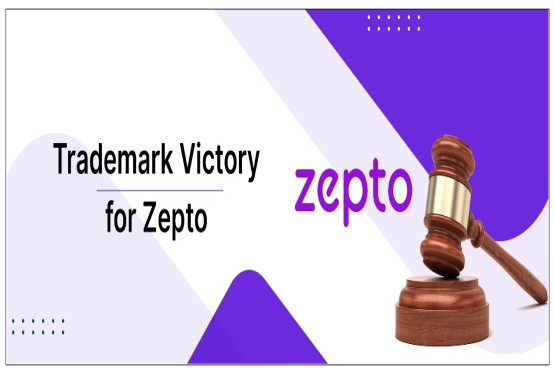




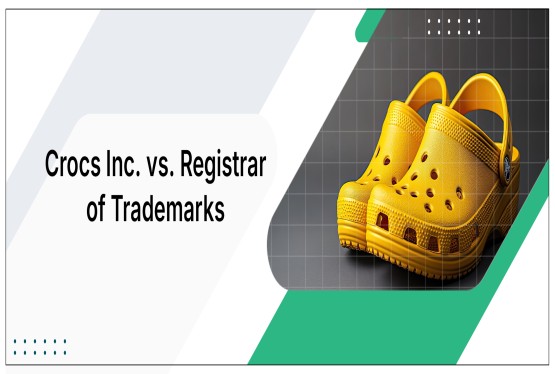




























_crop10_thumb.jpg)






